This afternoon, Apple released its new silicon. Dubbed the Apple M3 series, the new family is launching with the M3, M3 Pro, and M3 Max levels. M3 Ultra will presumably be coming at a later date, but there is going to be some overlap again between users who will want a M2 Ultra and M3 Max. At the same time, Apple’s performance claim format needs to be investigated by the US FTC.
Apple M3 Family of CPUs Launched with Some Shaky Performance Claims
Apple has a new 3nm line of chips with unified memory, as we have seen several times previously. The GPU the company put a special focus on dynamic caching, a real-time hardware memory allocation unit as it called others in the industry (e.g. NVIDIA and AMD) inefficient in allocation. It now brings hardware-accelerated ray tracing and mesh shading. The ray tracing brings Apple silicon into the 2020’s for GPU technology. Likewise, on the media engine, AV1 decode is supported, but notably absent is AV1 encode.
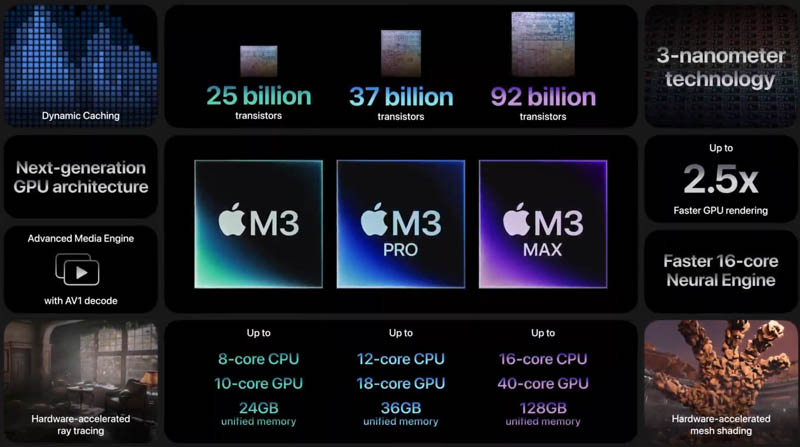
Here is the M3 with up to 24GB of unified memory, an 8 core (4P/ 4E) CPU, and a 10 core GPU.
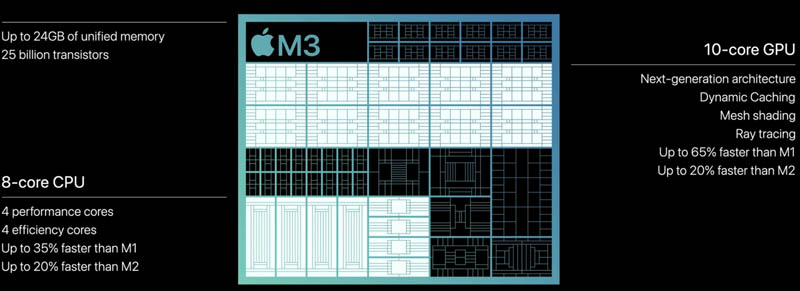
The M3 Pro raises this to up to 36GB of unified memory, a 12 core CPU (6P/ 6E) and an 18 core GPU.
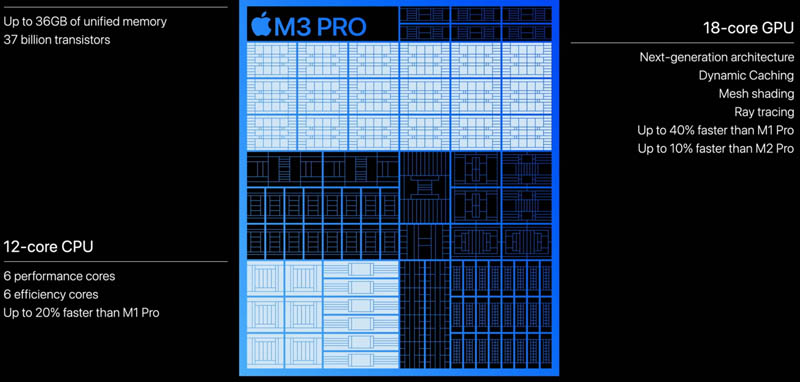
The M3 Max gets up to 128GB of unified memory. The 16 core CPU is 12P/ 4E. There is also up to a 40 core GPU with all of the new features.
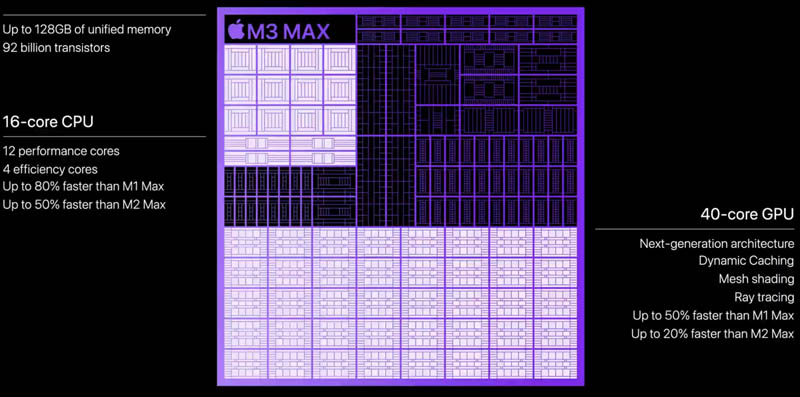
Overall, this is a straighforward upgrade to Apple’s Arm CPUs.
The shaky part comes in the performance claims. Here is what we have on the performance “P” cores:
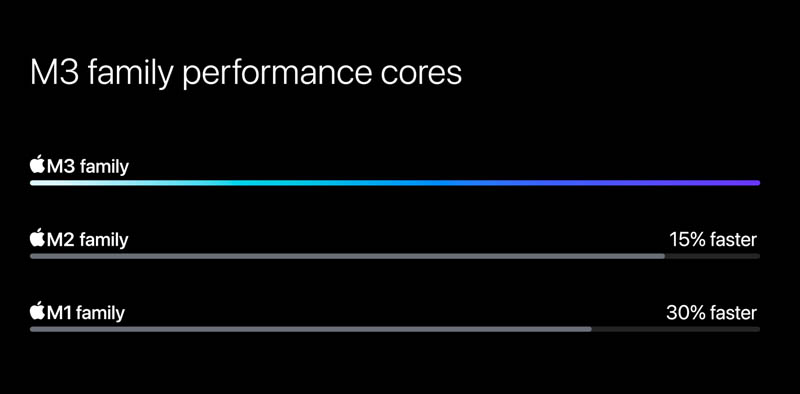
Here is the efficiency cores.
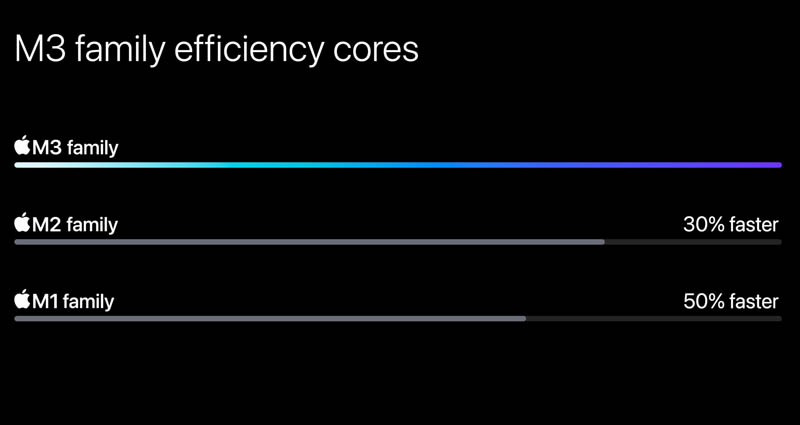
Apple is trying to keep this simple, but CPU performance depends on the application being used. Apple does not qualify which application or suite of applications are being used. Instead, it is just a number. For an important illustration, imagine the difference between if this is Adobe Lightroom performance as 30% faster or if a custom application that spends 90% of its runtime using an improved instruction.
Not only did Apple not disclose how this figure came about in the livestream, but it has a caption saying that it is Up to 50% faster which is not footnoted in the image itself. Up to means this is on a specific workload.
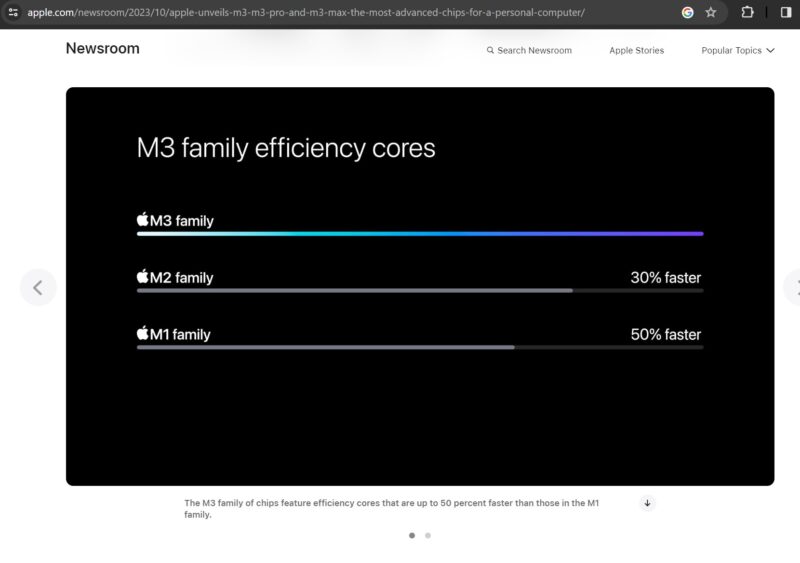
The Neural Engine performance as only 15% faster feels like a big letdown. Apple uses its Neural Engine more than some competitors, but 15% gen on gen performance is much lower than what NVIDIA targets for its GPUs.
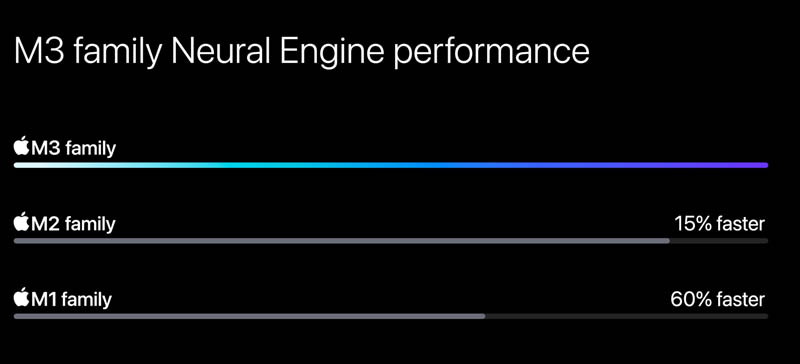
On the rendering side, it is faster, but what application? What type of rendering?
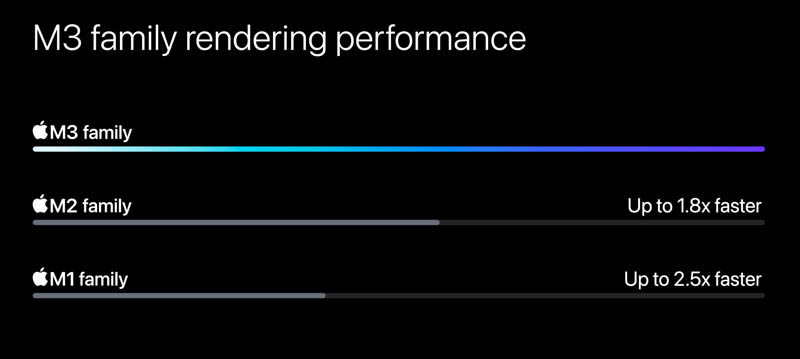
The performance per watt is better, but is it? What if this is the performance of a sleep() loop in a script? Apple has not provided what it is measuring here. Integer, FP, something more complex?
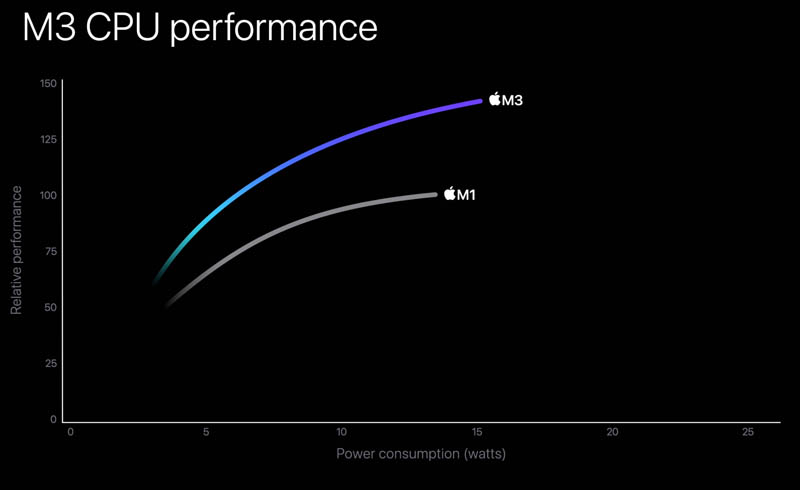
On the GPU side, it is more of the same. Is this ray tracing using the new hardware acceleration?
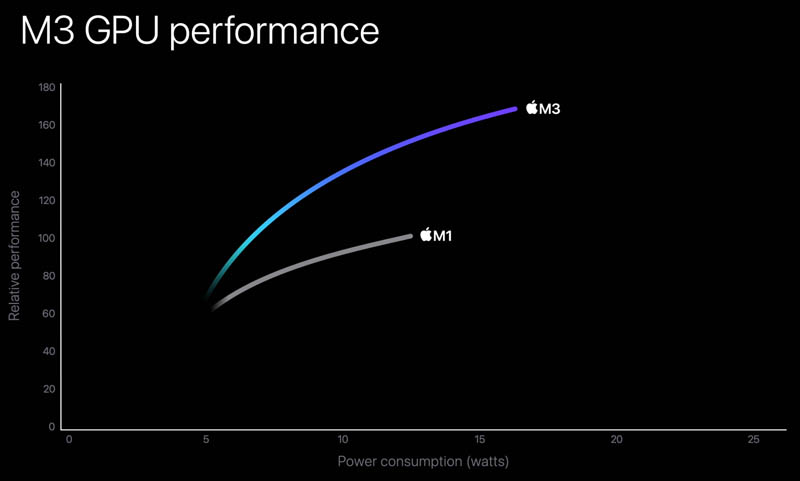
Then it compares to an MSI Intel Core i7-1360P, but how do we know the performance?
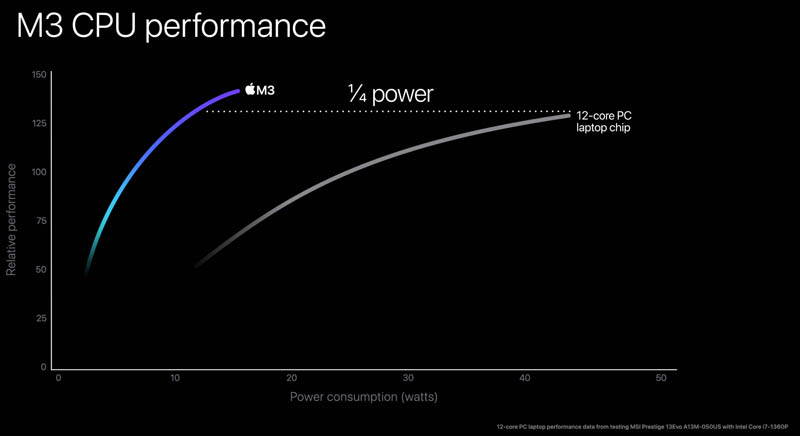
On the GPU side, again, what application is this?
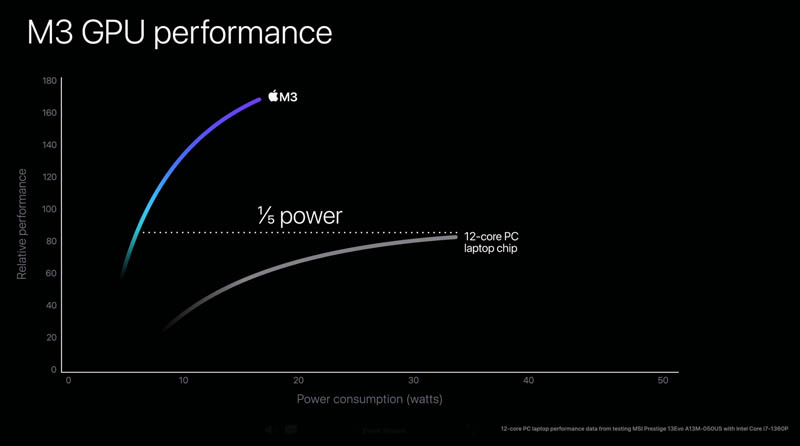
While it may sound like we are being hard on Apple, let us quickly turn to the footnotes where all of this information is located in standard industry presentations.
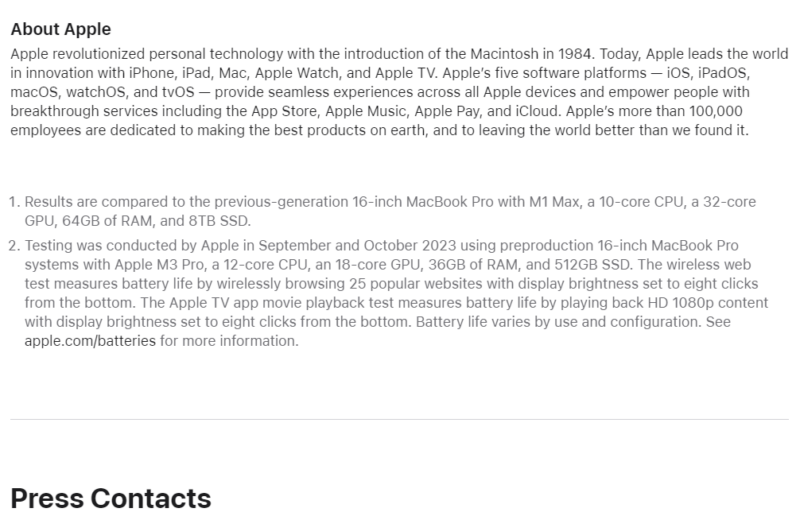
The only new information here is that there is a “wireless web test.”
Final Words
On the one hand, I travel with a 14″ Macbook Pro that is a M1 generation part. AV1 encode might have gotten me to upgrade. It feels like that is a shockingly absent feature. On the other hand, at my desk in Arizona, I have a M1 Ultra Mac Studio and a 56-core Intel Xeon W-3495X NVIDIA RTX 6000 Ada system, and once the Intel-NVIDIA system was up and running, I have not used the Mac Studio. My wife is perhaps the opposite and is very happy with a Mac Mini M1 8GB.
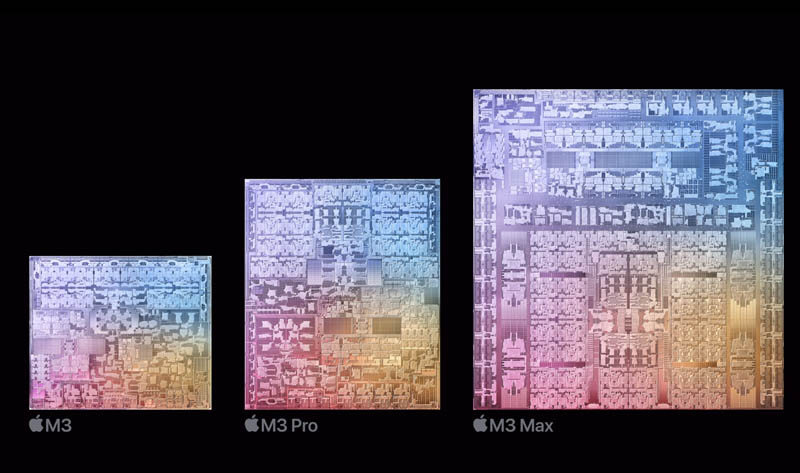
I think Apple has two challenges. One, how does it get users to update? If the M3 had AV1, I might look at it for a notebook upgrade. Without it, it is not something I need. Likewise, if I were to tell my wife she could go 15% or 30% faster, she would not notice the difference. The upgrade challenge is real.
The second challenge is that, frankly, the US FTC needs to get involved in Apple’s performance claims. Apple is too big not to be able to produce backup for its performance claims. It is one thing when a small Arm vendor does not support its claims. It is quite another when Apple does not even take the time to footnote. Apple’s current course is dangerous to consumers who do not know that application performance can vary based on application. If you are one of the few million who read STH every month, that statement will be obvious, but what about those who just think everything will be the number printed in the images faster? The average consumer, or maybe 90%+ of the consumers, will see this marketing material and be misled. Consumer protection agencies need to get involved here since Apple is intentionally eschewing industry norms in order to deceive most consumers.

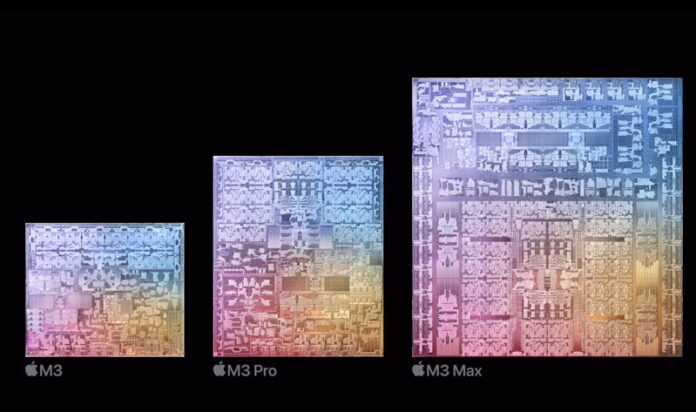



I don’t see that these graphs need to be investigated by the FTC any more than the Internet click-bait patrol needs to review a headline about shaky performance claims.
As a company the size of apple, it needs to be investigated no doubt
That’s right. Most consumers will think it’s fast at everything.
To be honest you should learn to do your job better before make such claim. Investigated by FTC? Are you seriously suggesting that Apple should waste 10 out of 30 minutes of the presentation specifying every single configuration and every single software used?
As a matter of fact you can find all the information you need (both hardware and software used) on the Apple product page, if is not too much work for you:)
I don’t think they need to go through the configurations in the presentation, but they need to have footnotes or endnotes in the presentation. Vincent people don’t just buy off of Apple product pages so people will see the presentation and buy off of other shops like in-store Best Buy – Amazon – Target. Even in the product page footnotes they generally describe what they did but didn’t use any standard. Like PhotoShop using different features, but how’d ya know they aren’t doing like 10% of their test with all but then using the one feature that is the best for the M3 for the duration? You don’t based on even the content of what they disclosed. I watched it and looked around the release. nVidia – Intel – Amd we may not like when they do something iffy and we see it in the footnotes, but at least they provide it with the info. It isn’t reasonable to ask average Joe consumer to do that work.
In the Walled Garden external verification is Heresy.
Frankly, doesn’t every CPU/GPU manufacturer make claims like these? I wouldn’t be surprised if these amount to nothing more than puffery.
Read this review as coming from someone that doesn’t “get” the Apple marketing scheme. If you don’t buy it because it’s the newest and bestest Apple device they offer, then you’re not the target audience. Plain and simple. Get out of here with your facts and comparisons! LOL